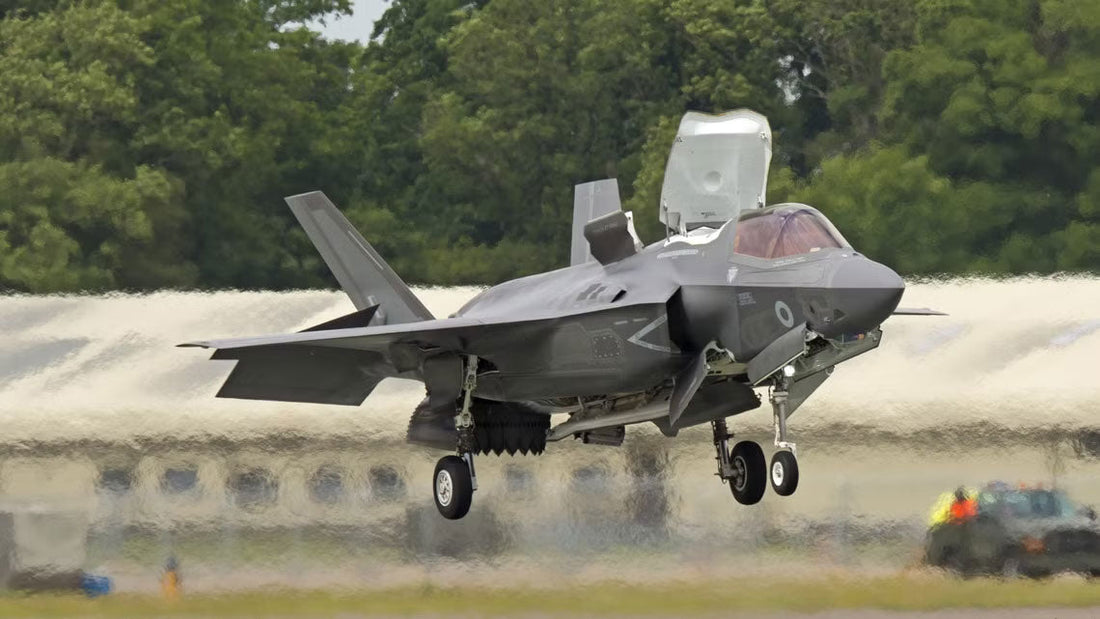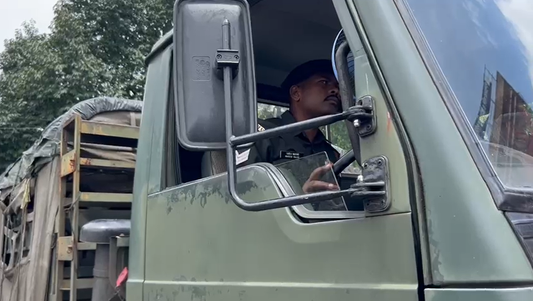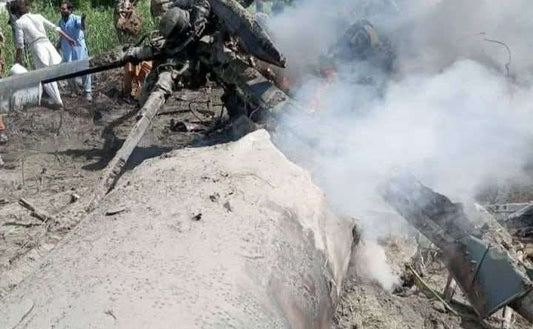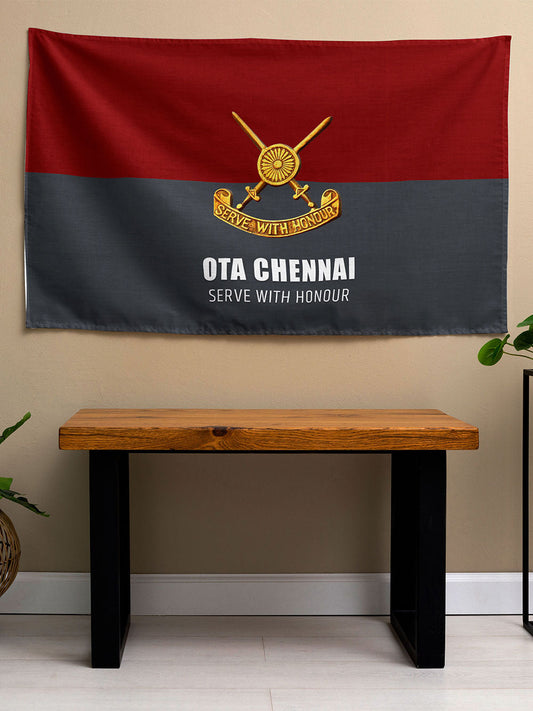Only This Fighter Jet Could Land at Delhi's India Gate

The F-35B wasn’t designed just for typical runways. It was built to defy them created for battle zones, warships, and disaster-hit areas with zero infrastructure. Its standout feature? The ability to take off and land vertically, like a helicopter. That means it doesn’t need a runway, just a flat surface even one as unlikely as the open stretch near India Gate.
The Jet That Can Land Where Others Can’t
The F-35B Lightning II, manufactured by Lockheed Martin, is one of the few jets in the world capable of vertical landings. Thanks to its STOVL (Short Take-Off and Vertical Landing) system, this stealth fighter can lift off from tight spaces and land straight down without rolling forward. So, could it technically land on the ceremonial boulevard near India Gate in New Delhi? Yes absolutely.

How Does It Manage a Vertical Landing?
At the core of the F-35B’s unique ability is its futuristic propulsion system. It features a powerful Pratt & Whitney F135 engine, a downward-rotating rear nozzle, and a lift fan that helps the aircraft hover like a drone. In vertical landing mode, the engine vectoring and fan combine to balance the aircraft mid-air before gently lowering it down. It's this revolutionary technology that allows the jet to land on aircraft carriers, helipads, or even, hypothetically, right next to the Amar Jawan Jyoti.

Why Would It Land at India Gate?
India Gate is not just a monument it’s a symbol of national pride and a frequent site for military parades and ceremonial events. Imagine a wartime exercise, an emergency response drill, or a high-profile defense demonstration requiring a jet to land in a controlled public area. The open lawns and wide Rajpath (now Kartavya Path) stretch provide a rare urban spot where such a landing is theoretically possible. The F-35B was designed exactly for these kinds of missions unpredictable, high-stakes, and unconventional.

What Would It Look Like If It Happened?
If the F-35B ever descended near India Gate, the visuals would be surreal. Roads would be sealed, cameras would swarm, and the skyline of central Delhi would echo with a turbine roar. The fighter jet would appear, slow to a hover, then descend like a sci-fi drone, dust swirling across the lawns. Tourists with golgappas in hand would go viral for being in the frame. It would be a moment that turns Rajpath into a futuristic landing strip.

Why This Matters More Than It Sounds
Traditional fighter jets like the Su-30MKI or even the French Rafale need hundreds of meters of runway. The F-35B? Just a few dozen feet for take-off and none at all for landing. That agility makes it invaluable in urban warfare, emergency deployments, and natural disaster zones. The thought of a frontline fighter jet being able to operate out of the heart of a capital city from India Gate itself shows just how advanced this aircraft is.
The Final Thought
While the idea of an F-35B landing at India Gate sounds like fantasy, the jet’s technology makes it possible. It’s not just another fighter it’s a marvel of engineering, redefining how and where air power can be projected. Delhi may never actually see a jet touch down on its ceremonial road, but knowing it can is enough to change how we imagine future warfare.




















1 comment
What happened to the F-35 that landed in kerala?